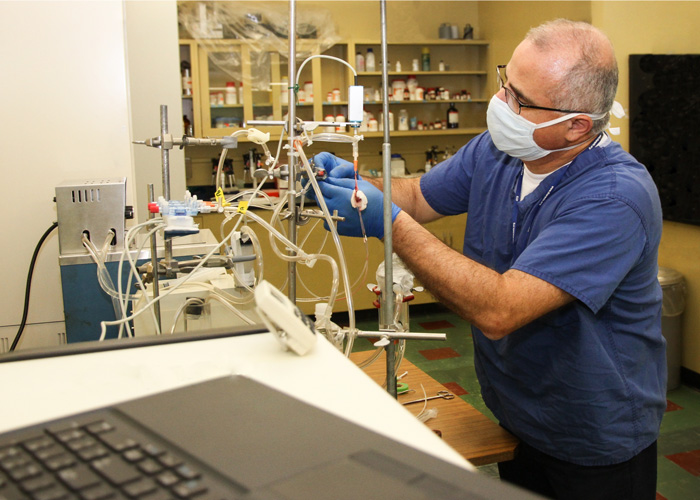Rooks Dissertation Abstract
Regional brain strain response of anatomically accurate
human and non-human primate brain finite element models
Dissertation Date: June 19, 2024
Mild traumatic brain injury (mTBI), or concussion, is a complex injury with varying symptom presentation and resolution timelines. Brain injury research investigating the causes for different symptom profiles has focused on sex differences, injury history, age, individual variability, and other comorbidities. Comparably, there is a limited amount of research investigating the role of the biomechanics of exposure on symptom profile and attempts to correlate biomechanics to symptom outcome have had limited success. Current brain injury metrics treat brain injury as a “whole-brain” response and use either kinematics-based measures (e.g., the Head Injury Criterion [HIC] derived from linear acceleration; or Brain Rotational Injury Criterion [BrIC] derived from rotational velocity), or whole brain model-based measures (e.g., maximum principal strain or cumulative strain damage measure [CSDM]). Existing research attempting to correlate symptoms with the biomechanics of exposure use these whole-brain metrics and has not investigated regional responses of the brain. As regions of the brain are known to be responsible for specific neurophysiological functions, it is expected that damage to these regions would result in specific neurological sequelae that contribute to the heterogeneity of injury. Theories relating the symptom profile and biomechanics of exposure (e.g., Symptomcentric Theory for Concussion or Centripetal Theory of Concussion) have been proposed; however, little research has been performed investigating the theories. My dissertation is based on this concept and the need to delineate regional responses.
The need for an objective predictor of injury in an area of the body that is difficult to study through cadaveric, anthropometric test device, animal, and human subjects research, has led to the development and use of detailed finite element (FE) models. Studies using human brain FE models have shown that there is a relationship between brain strain response and direction, duration, and severity of exposure; however, these studies used either idealized representations of the brain (e.g., spheres) or have limited anatomical detail and resolution. The primary aims of my dissertation work are to: (1) develop anatomically accurate human and nonhuman primate (NHP) brain FE models using neuroimaging templates; (2) using the anatomically accurate models, investigate regional brain strains resulting from multiple directions, durations, and severities to identify brain regions most sensitive to exposure; and (3) investigate the performance of traditional scaling methods to compare regional responses of the NHP to the human.
Through my dissertation work, I have shown that: (1) regional brain strain responses (both CSDM and MPS) can vary significantly under different loading conditions; (2) regional CSDM and MPS values can be substantially higher than the whole-brain values under the same exposure; and (3) regional CSDM response varies substantially between the human and NHP regardless of scaling method, while the regional MPS response was more comparable. Differences in regional brain strains offer a clearer explanation for the role of the biomechanics of exposure on the presentation and symptoms of concussion compared with singular whole-brain injury metrics injury (e.g., HIC, BrIC, CSDM, or MPS). Findings from my dissertation support including exposure-related biomechanical responses as an explanation for brain injury heterogeneity. The presently developed, novel, FE models can be used to further investigate the correlation between regional brain strains and symptom outcomes by leveraging data being collected through large multi-institutional research projects, such as the CARE Consortium, to improve both clinical care as well as brain injury protection methods.
Return to Dissertation Schedule


